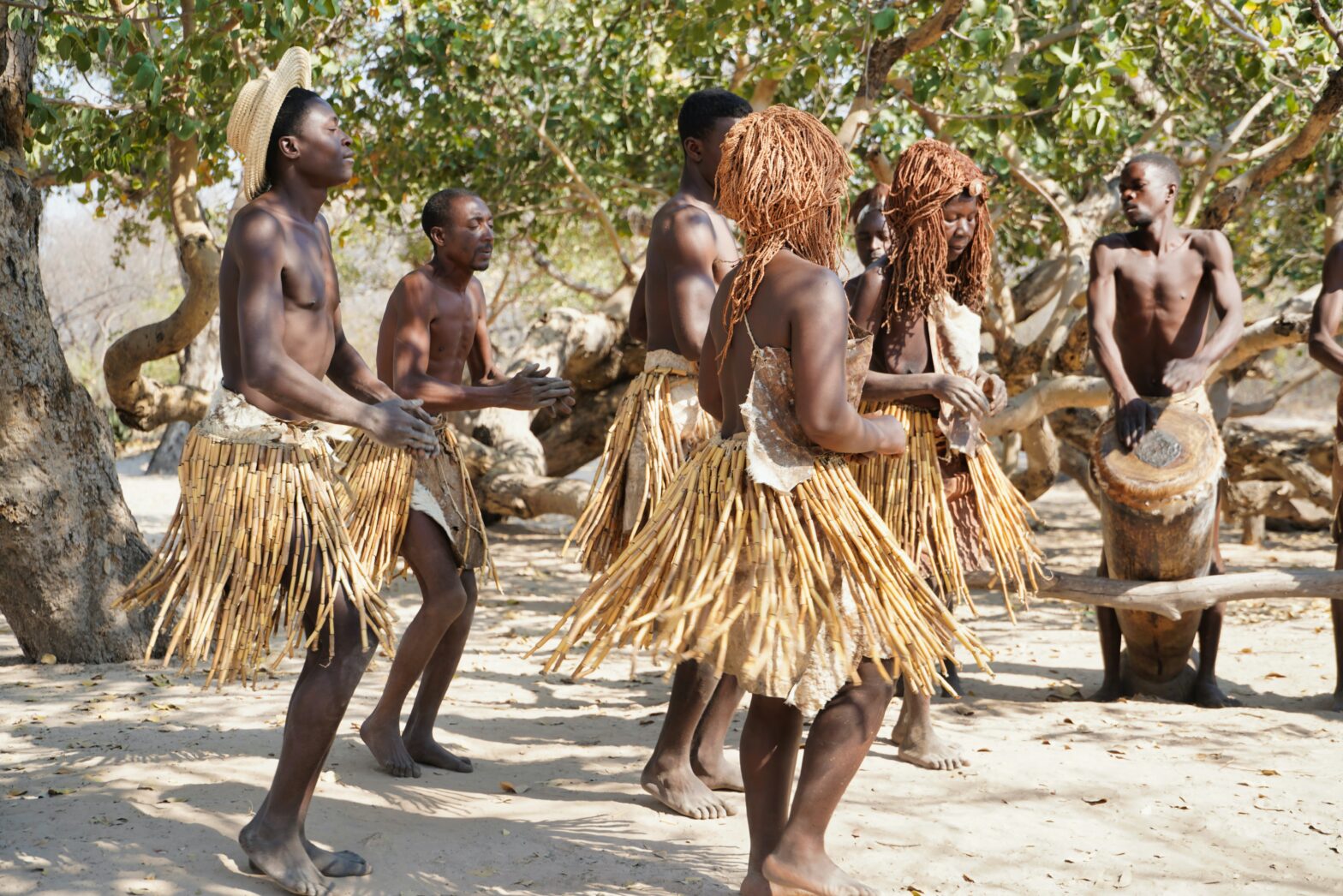Botswana gained independence on September 30, 1966. While it was a British protectorate, it was called “Bechuanaland.”
Today, the country’s official name is the Republic of Botswana. Neighboring countries include South Africa, Namibia, Angola, Zambia and Zimbabwe. Here are some things to know about this landlocked African nation.
Pre and Post-Colonial Botswana
Long before Britain’s arrival, the earliest inhabitants of Botswana were the San and Khoi people–both hunter-gatherer groups. Descendants of the San people live in the Kalahari Desert, among other places.
According to National Geographic, “The British and the Dutch fought to dominate the countries of Southern Africa.” Control of Botswana was afforded to Britain. After independence, Sereste Khama took power as its first president.
Traditionally, independence celebrations take place in Botswana’s capital, Gaborone. Speeches, parades and cultural events mark the occasion.
Botswana Is Rich in Natural Resources
Botswana has an abundance of natural resources, especially diamonds, gold and copper. Recently, the Lesedi La Rona diamond was found in an open pit mine. When it went to auction, it was valued at $70 million.
Adventure-Seekers Like It
While many tourists flock to Kenya or Tanzania for safaris, Botswana also offers opportunities to see wildlife in its natural habitat.
One site of interest is the Okavango Delta, the largest inland delta in the world. It’s home to many animals, from antelopes to birds. The best way to explore the delta is via mokoro (a kind of canoe), along with a guide. You might consider an aerial view, made possible by a hot air balloon ride.
Be sure to add Chobe National Park, the tranquil Makgadikgadi Pans and the rolling plains of the Kalahari Desert to your list, too.
Visit “The Louvre of the Desert”
Nestled within the Kalahari Desert are the Tsodilo Hills, a UNESCO World Heritage Site. To locals, this archeological spot is holy, and the rock paintings there are traceable to the Stone Age. The site embraces the nickname of “the Louvre of the Desert.”
If you want to connect with pre-historic art, there are tours available. Tsodilo is open year-round, but the best time to visit is June to August.
